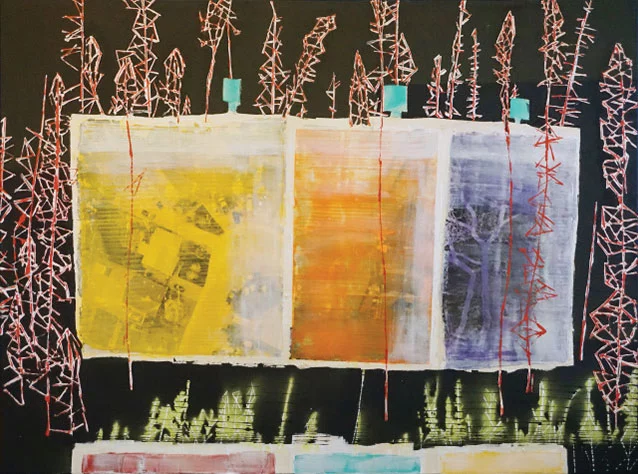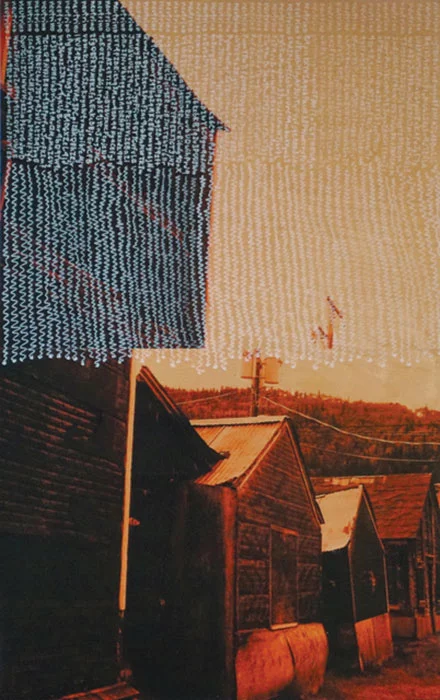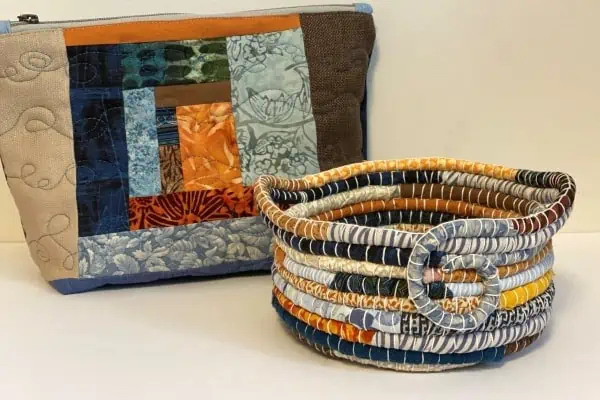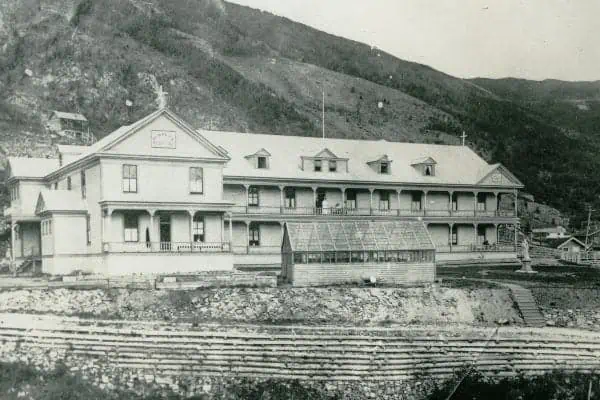
In Superposition, Jesse Devost’s new exhibition at Arts Underground, the artist explores how to give visual representation to invisible subatomic states. In doing so, Devost offers an apology to the quantum physicists who might take issue with his interpretation of a complex concept.
“I am not a physicist,” Devost admits. “And so, I need to apologize to anybody who is because I’m probably getting parts of this wrong.”
With that caveat out of the way, Devost defines superposition as “the physical paradox of two distinct states, when added together equal a new valid state… The superposition state exists until it interacts with or is observed by an external viewer, after which the superposition collapses and a single state or outcome remains.”
“It’s totally beyond my understanding,” Devost admits.
Superpositions may be beyond Devost’s comprehension, but it is within his reach to imagine and to represent what they might look like. In doing so, he typically starts with an image or symbol we find familiar – old buildings in Dawson, for instance, or Mount Everest. Then, Devost adds seemingly unrelated elements onto the surface of the image to convey the idea of multiple states.
For two of the works – A pause and Quasidimensional efficiency – Devost had photos of Dawson City street scenes enlarged and printed onto large pieces of wood. He then used a marker to write randomly-generated words and to draw zig-zag waves on the image surface. His additions represent sub-atomic particles called neutrinos that rapidly fly through the universe in the trillions.
The themes and the methods Devost uses in Superposition are similar to some of his earlier work. For instance, he has often used hands-on manipulation of surfaces to explore unstable or uncertain states in the human mind or, in the case of Superposition, in the universe itself.
“A lot of the art I make is about the ephemeral nature of a thought, or trying to remember something, and I feel that fits into this as well,” Devost explains. “You’re looking at a moment but there’s so much more going on in that moment than what you’re seeing, and I think this is an extension of some types of art that I’ve been exploring for a long time.”
However, there is one difference in his approach to Superposition compared to earlier work. In the past, Devost took a fundamentalist approach to art-making, using as rudimentary methods as possible and eschewing the use of technology. With Superposition, Devost decided to ease off a bit on this hard-core, DIY approach, especially when it stood in the way of his imagination.
“This time I took a step back because I was really struggling with making the images I was thinking of in my mind,” Devost says. This admission led to the large photos on wood, which Devost had printed for him.
Whether he uses technology or not, art-making provides Devost with a way to “nerd out” and explore complex concepts that can’t be visualized otherwise. In doing so, he creates a world that is vaguely familiar, but also strangely beautiful and askew.
Superposition will be at Arts Underground until June 26. Check out work from all Devost’s exhibits at jessedevost.com.






5